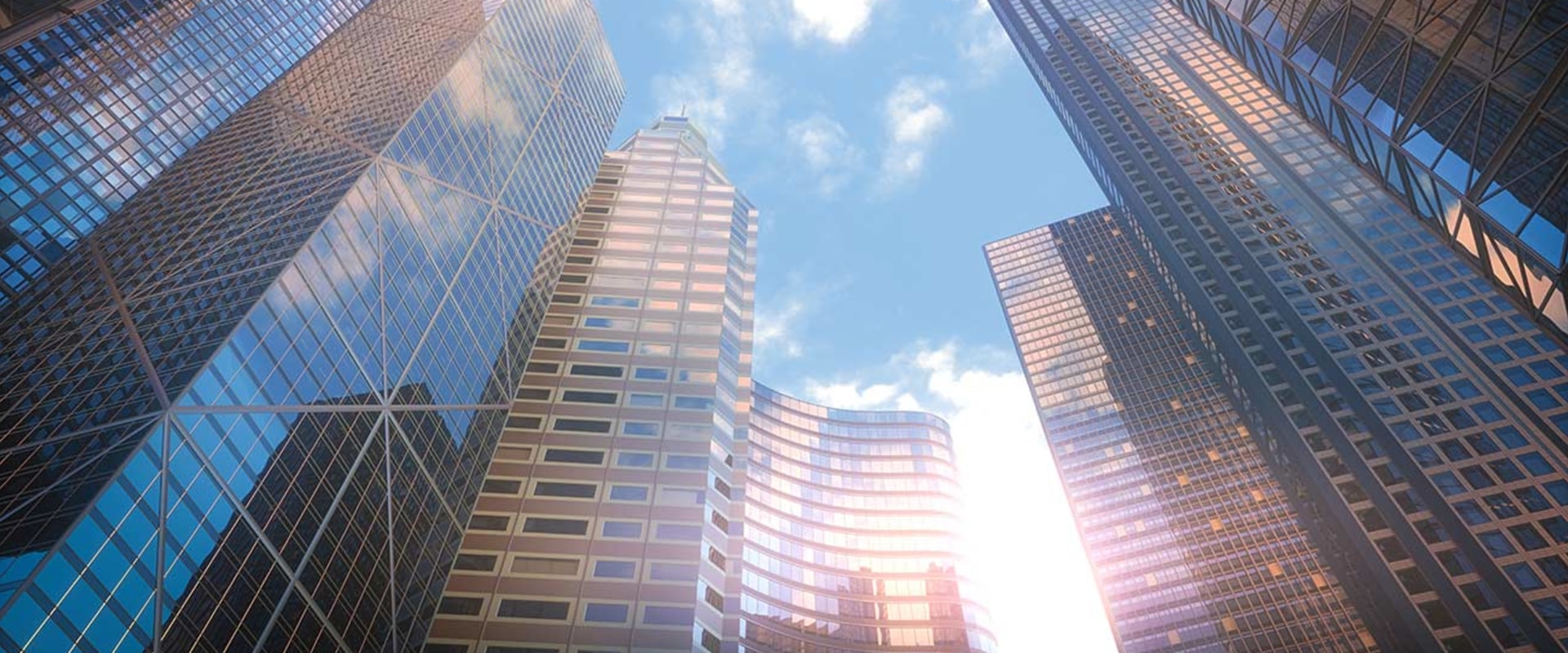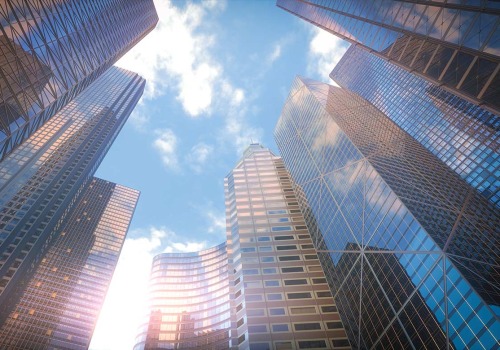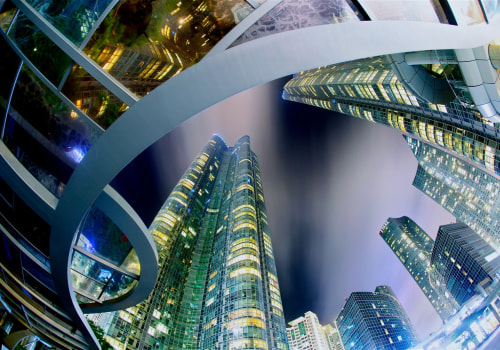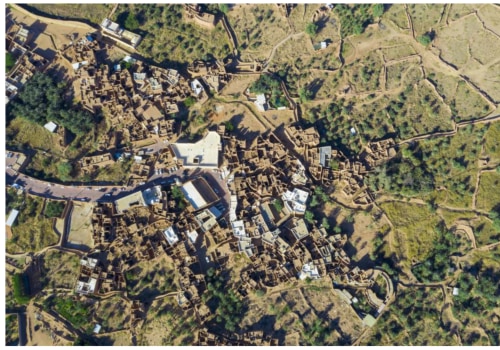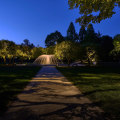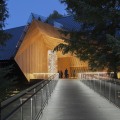Architectural photography is an art form that requires skill, creativity, and a great eye for composition. Exterior architectural photography can be particularly challenging, as capturing the right angle and light can make the difference between a stunning shot and a mediocre one. This article will provide photographers with the essential composition techniques they need to capture beautiful exterior architectural shots. Whether you're a professional photographer or just starting out in the field, understanding the fundamentals of composition will help you create stunning photographs that capture the beauty of exterior architecture. We'll discuss the basics of composition, from lighting and framing to choosing an appropriate angle for your shot.
We'll also provide insight into how to use these techniques to create captivating images. In exterior architectural photography, composition is all about how you arrange the elements in your frame. One of the most important things to consider is framing. This can be done by using other elements in the scene, such as trees or buildings, to frame your subject. This helps to draw attention to the subject and make the image more interesting.
Other composition techniques include using leading lines, such as roads or pathways, to create a sense of depth and movement in the image. You can also use patterns and repetition in the scene to create a more aesthetically pleasing image. Additionally, you should always pay attention to the light, as this can make or break an architectural shot. When composing an exterior architectural shot, it is important to look for ways to make your image stand out from others.
One way to do this is by using leading lines to draw the viewer’s eye into the image. This can be done by using pathways, streets, or other lines that lead the eye towards the subject. Another technique is to use patterns and repetition to create an interesting visual effect. This could involve using repeating shapes or colors in a scene, or even using symmetry in the composition.
In addition to these techniques, photographers should pay close attention to the light when taking exterior architectural photos. The light can have a huge impact on how an image looks, so it is important to look for ways to take advantage of it. When shooting in direct sunlight, try shooting at different times of day to see how the light changes and how it affects your composition. When shooting in more subdued lighting, such as at dawn or dusk, look for ways to use shadows and highlights to create contrast and interest in the image.
Taking great exterior architectural photos requires skill and practice. By understanding the basics of composition and paying attention to light, you can take stunning images that capture the beauty of architecture. With a little bit of practice, you will be able to create beautiful images that will impress viewers.
Creating Patterns and Repetition
Patterns and repetition can be used to add visual interest and create aesthetically pleasing images in exterior architectural photography. Examples of patterns that can be used to create interesting compositions include window frames, brickwork, or repeating shapes.When composing a shot, look for patterns in the scene that you can use to create a focal point and add depth and dimension to your image. When photographing patterns, it is important to make sure that the lines are straight and the objects are evenly spaced. If there is too much variation in the spacing or the lines are not straight, it will create a chaotic feel that detracts from the overall composition. To make sure that your patterns are even and consistent, use a tripod and focus on the edges of the pattern when composing your shot. When shooting patterns, it is important to look for different angles and perspectives that can bring out interesting elements of the scene. Move around the subject and take a few shots from different angles to find the best composition.
You can also experiment with leading lines, which are lines that draw the eye through the image. This can help direct the viewer's attention towards the main subject of your image.
Paying Attention to Lighting
Lighting is also an important factor when it comes to exterior architectural photography.The right lighting can make or break an architectural shot
, so it's important to pay close attention to how the light is hitting your subject. To get the best results, try shooting at different times of day to see how the light changes the look of your shots.For example, you might find that early morning light is perfect for capturing the details of a building, while the golden hour before sunset can give your shots a more romantic feel. When shooting in direct sunlight, it's important to be aware of harsh shadows, which can ruin an otherwise perfect shot. If you're dealing with strong shadows, try using a diffuser or reflector to soften them and make the light more even. Additionally, you can use a polarizing filter to reduce glare and enhance the colors in your shots.
Using Framing to Create Interesting Shots
Using framing when composing your shots is a great way to draw attention to your subject and make the image more interesting. Framing can be achieved by incorporating elements from the scene, such as trees or buildings, into your shot.This helps to create a sense of depth and adds an extra layer of interest to the image. When framing your subject, look for elements that can be used to frame it in an interesting way. This could include items such as trees, buildings, or other structures. Additionally, you can use leading lines or even shadows to add visual interest and draw the eye to your subject. When framing your shots, think about how the elements you choose to include will affect the composition.
Consider the size and shape of the elements, as well as their position in the frame. You can use these elements to create a balanced composition, or you can use them to draw attention to the main subject. Additionally, pay attention to the colors of the elements you are using and how they will affect the overall color palette of the image.
Incorporating Leading Lines
Leading lines are a key composition technique for exterior architectural photography. Leading lines are visual elements in the scene that lead the eye towards the subject.Examples of leading lines include roads, pathways, rivers, railings, walls, and shadows. By incorporating leading lines into your shots, you can create a sense of depth and movement in the image. The use of leading lines can be used to draw attention to particular features or elements of a building. For instance, a path or road leading to the entrance of a building can create a sense of arrival and welcoming.
Alternatively, a railing leading up to an impressive balcony or window can draw the viewer's eye to that particular feature. Leading lines can also be used to lead the viewer around the entire building. This can be done by positioning your camera in such a way that it follows the lines of the building. This technique will help to create more dynamic shots, and can help capture all the interesting details of the architecture.
When incorporating leading lines into your shots, it is important to pay attention to where the lines are pointing. You want to make sure that they are drawing attention to the intended subject. Additionally, pay attention to the scale and angle of the lines. If used correctly, leading lines can help create a sense of perspective and depth in the shot.
By understanding the basics of composition and incorporating techniques such as framing, leading lines, patterns, and repetition into your shots, you can create stunning images of buildings and other structures. Additionally, don't forget to pay attention to the lighting as this can make or break an architectural shot. Using the right composition techniques for exterior architectural photography is key to capturing stunning images. Framing, leading lines, patterns, and repetition all help to create interesting shots, while paying attention to lighting helps to create beautiful and eye-catching photos.

